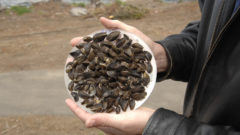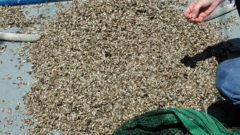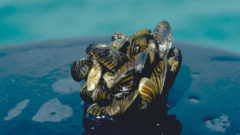AI technology could be used to monitor invaders in the Great Lakes

Invasive zebra and quagga mussels are firmly established in the Great Lakes, and efforts to control them have proved mostly fruitless. But environmental managers still want to know where they are, how many there are and what they are up to, so they can predict how the ecosystem will be affected and protect vital infrastructure.
Great Lakes Now
https://www.greatlakesnow.org/2022/05/ai-technology-invaders-great-lakes/


